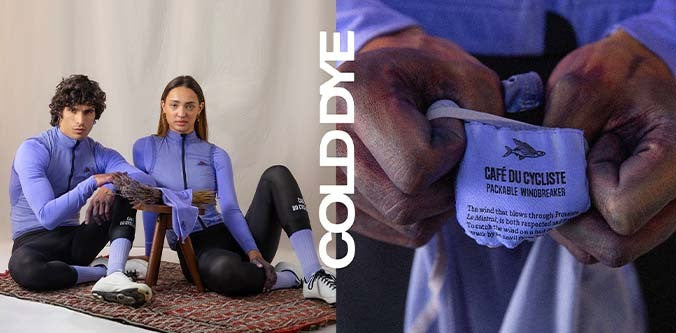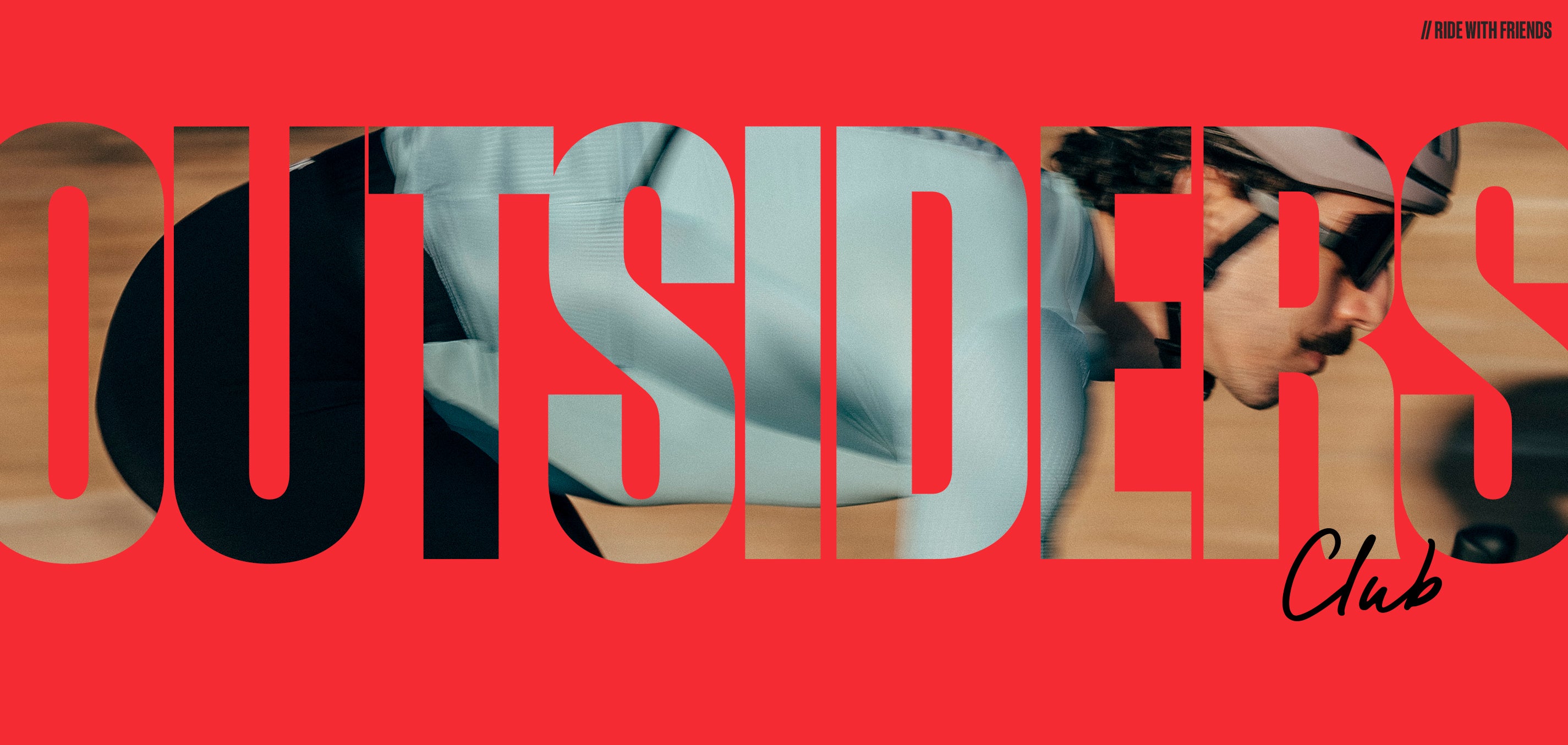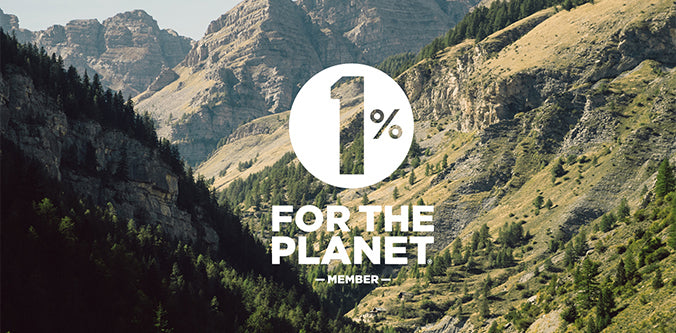TOUR DE FORCE: RIDE FOR EQUALITY.

The fourth edition of the Tour de France Femmes took place this summer, but women’s cycling remains the poor relation of its male counterpart. To celebrate female athletes and to push for greater equality, Café du Cycliste athlete Fanny Reyer created the Tour de Force…

Fanny Reyer is the founder of WATT, a Parisian cycling club that promotes women’s cycling through gender diversity. In July, she set off to ride the route of the Tour de France Femmes solo and unassisted a week ahead of the professional women’s peloton. Without a team bus to take her from stage to stage, that added up to 1,600 kilometres over 9 days – around 350 kilometres further than the pro riders.
“Riding the route of the Tour de France Femmes avec Zwift a week before the pros was both a way of paying tribute to them and of taking my own place in this world, with my voice, my rhythm, my way of experiencing performance,” she explains. “I wanted to push myself to the limit, without shortcuts, without filters. Solitude in my effort, and in managing my doubts, gives a different flavour to travel. It was a way for me to confront everything it demands – physically, mentally, logistically. But it’s also a way to show that a woman can forge her own path, with her legs, her will and her convictions. It was also a response to the desire for total freedom: to move forward when I feel like it, to stop when necessary, to listen to my body as much as to the landscape.”
The project began with a social ride from the Café du Cycliste Paris store with her clubmates and friends, before Fanny headed to the extreme west coast of Brittany to begin the journey all the way across France to the Alps. “It seemed like the obvious thing to do, but it was also very emotional. WATT is much more than a club: it's a family that I've seen born, grow and assert itself," she says. "Taking the start surrounded by this community was like saying out loud, ‘I’m doing this alone, but I'm not alone.’ There was a collective energy in that moment, a surge of trust and sisterhood that carried me well beyond the first few kilometres.”
With the first few days a seemingly endless series of small hills, the route was taxing from the off. It was only after this “rollercoaster”, when the race got to the larger hills and mountains of the Massif Central, that it began to take on a rhythm, with long climbs and flowing descents. And everywhere she looked, she saw signs of the race to come. “Riding in their footsteps was like crossing a territory that was still fragile, still under construction,” she says. “Each kilometre resonated differently, because I knew they would be passing through it a few days later with the cameras, the spectators, the race. It allowed me to physically appreciate the brutality of the courses, the technicality, the endurance it requires. But above all, it allowed me to feel how precious their presence in this setting is. The fact that we still need to justify a Tour de France for women speaks volumes. So by riding before them, I wanted to leave a symbolic mark. To leave them a space, to inscribe my voice there, like an echo from before. It reinforced my admiration for them, but also my anger at the disparity in media coverage, logistics and finances.”
The ride culminated at the 18.6-kilometre-long, 2,001-metre-highCol de la Madeleine, Fanny’s favourite moment of the journey, as she says: “That morning, at the foot of the Madeleine, I was alone in the silence of dawn, enveloped by the fading night. And I felt real. Alive. At peace with myself. There was a kind of fulfillment in that suspended moment: that of having already accomplished so much, of having reached the limit of what I could give, without cheating.”
Featured Products.
It was here that the injury problems that had been plaguing her from the first day made it impossible to continue. But not before the climb and a descent on the other side to Albertville. “Deciding to stop there was in no way a failure,” she says. “On the contrary, it was an inner victory: that of having learned to listen to myself, to listen to my body, to no longer impose on it what it could no longer take. This time, I chose gentleness, so I could come back stronger. And above all, more at one with myself.
Other adventures already await me – I’m carrying them within me, with the same intensity.”






































